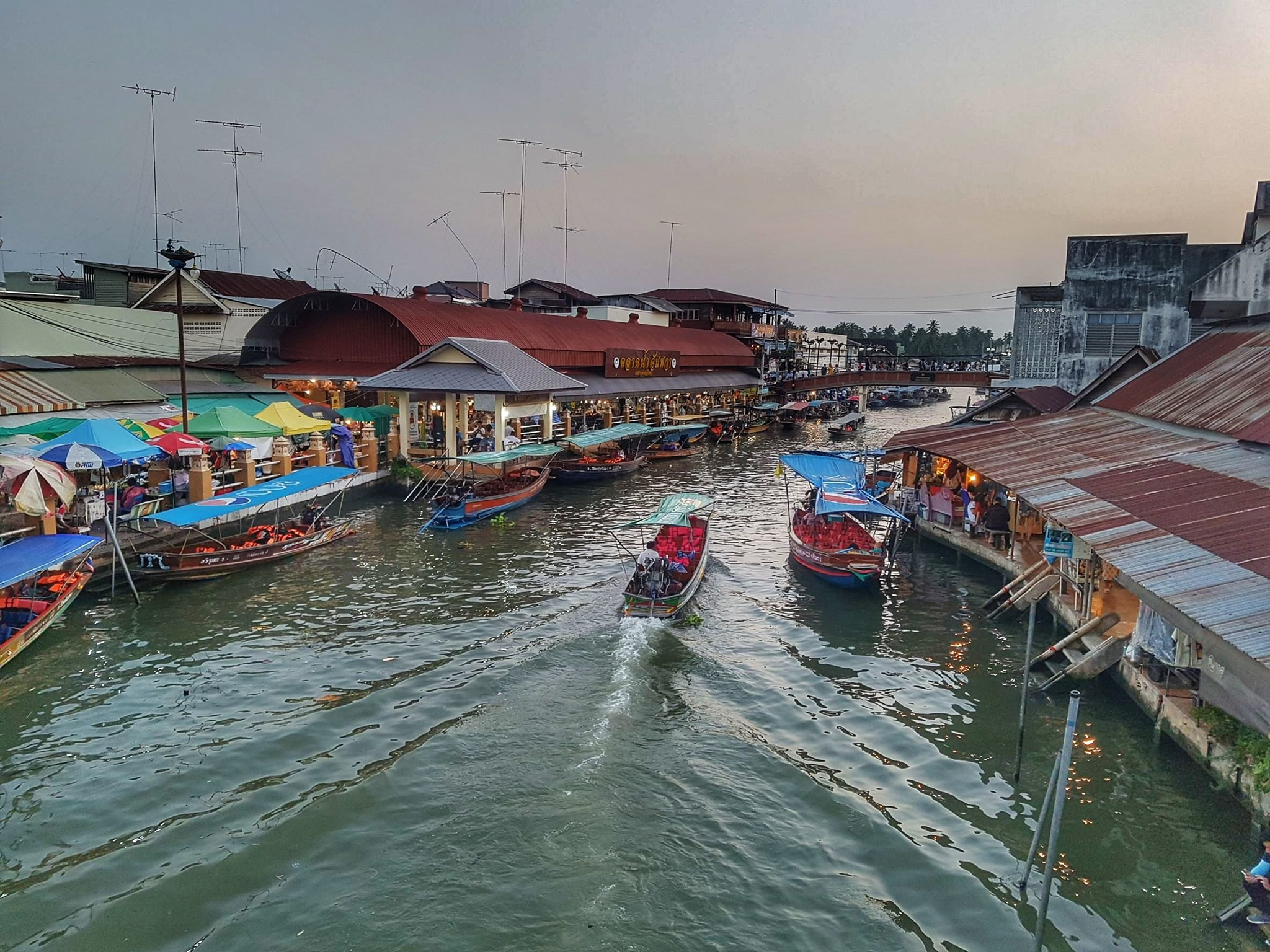Conservation Heritage and Nation Branding for Floating Markets in Thailand: a case study of Amphawa
Nussara Intaraboonsom

Abstract
The character defining elements of the floating markets are their locations (the banks of canals and rivers), their traditional boats, their traditional trade, as well as some unique architecture of the water-facing houses, including stilt homes, some still containing the original material. Furthermore, their place in history was a sign of a thriving economy. These elements, including tangible, intangible and natural heritage, of floating markets make for a unique identifier of ‘Thainess’, which contributes to identify a strong national brand and must be preserved. Floating markets represent canal and river-bank communities from as early as the Ayutthaya Period (1350-1767) until now. The present paper focuses on a regional case study of successful conservation policies and their implementations with regards to floating markets. Connections between agriculture and architecture, combined with traditional lifestyle, art, and handicrafts in unique locations make for a unique cultural landscape. Amphawa is an example of Thainess.
Intaraboonsom, N. “Conservation Heritage and Nation Branding for Floating Markets in Thailand: a case study of Amphawa.” In Cultural Landscapes. A comparative study, edited by A. Alici, LapisLocus series. Wuppertal, Germany: Steinhäuser Verlag, 2021.

